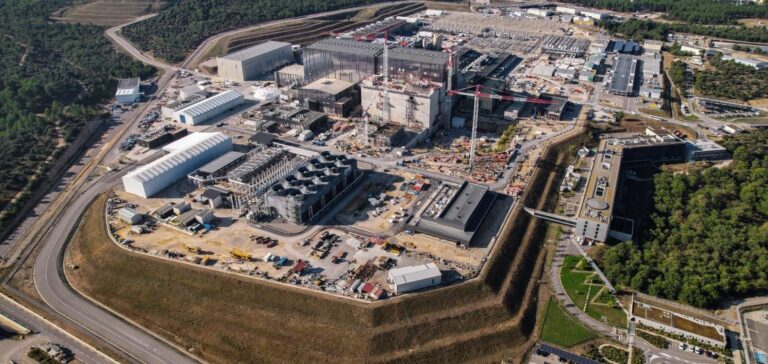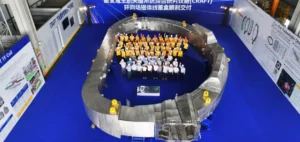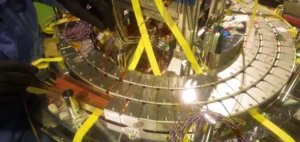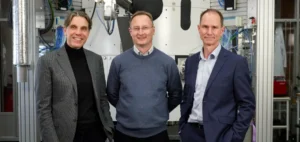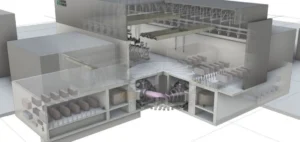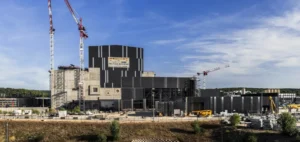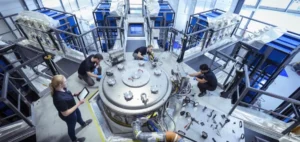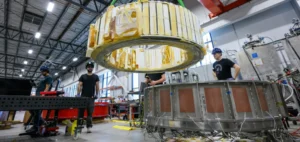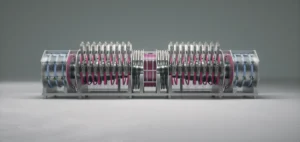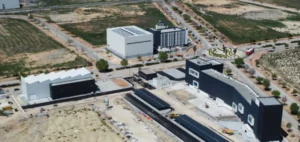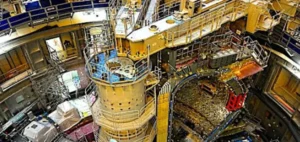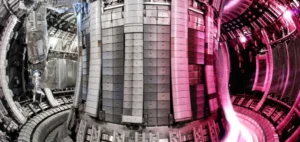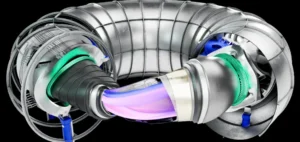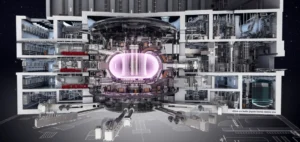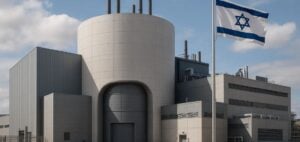France has recently reached a significant milestone in the global quest to make nuclear fusion a reality. Scientists from the ITER project (International Thermonuclear Experimental Reactor) have successfully maintained a plasma at high temperature for a world record duration, surpassing previous records in the field.
This experiment, conducted as part of the ITER program, which aims to replicate the nuclear fusion process occurring naturally in the Sun, successfully maintained the plasma at a temperature of several million degrees Celsius, exceeding prior records, and for a much longer time than previous attempts. The plasma, composed of ionized particles, was contained and controlled in a magnetic device called a tokamak. This breakthrough is seen as a crucial step in overcoming one of the most challenging aspects of nuclear fusion: maintaining a stable plasma long enough to produce more energy than it consumes.
The ultimate goal of this research is to demonstrate that it is possible to produce a significantly greater amount of energy than what is required to heat and sustain the plasma. Nuclear fusion theoretically represents a clean, potentially limitless source of energy, without the greenhouse gas emissions associated with fossil fuels. The recent success strengthens global efforts to make fusion a viable solution for meeting the world’s energy needs.
However, while this record is an important milestone, scientists emphasize that the road remains long before nuclear fusion becomes a commercially viable energy source. Technical challenges remain numerous, including developing materials that can withstand such extreme temperatures, as well as improving the efficiency of the fusion process. Despite this, the progress made so far opens up prospects for clean energy production without CO2 emissions, which could have profound implications for global energy sectors.
The ITER program, located in Cadarache, southern France, is supported by a coalition of countries including the United States, China, Russia, and the European Union members. International funding and collaboration remain critical in overcoming the technical and financial obstacles on the path to large-scale nuclear fusion.


